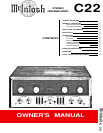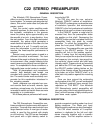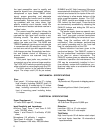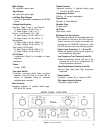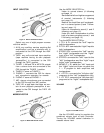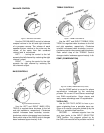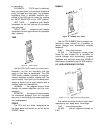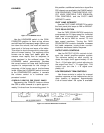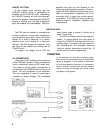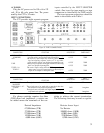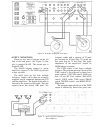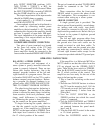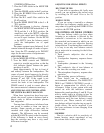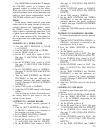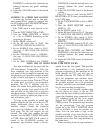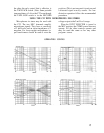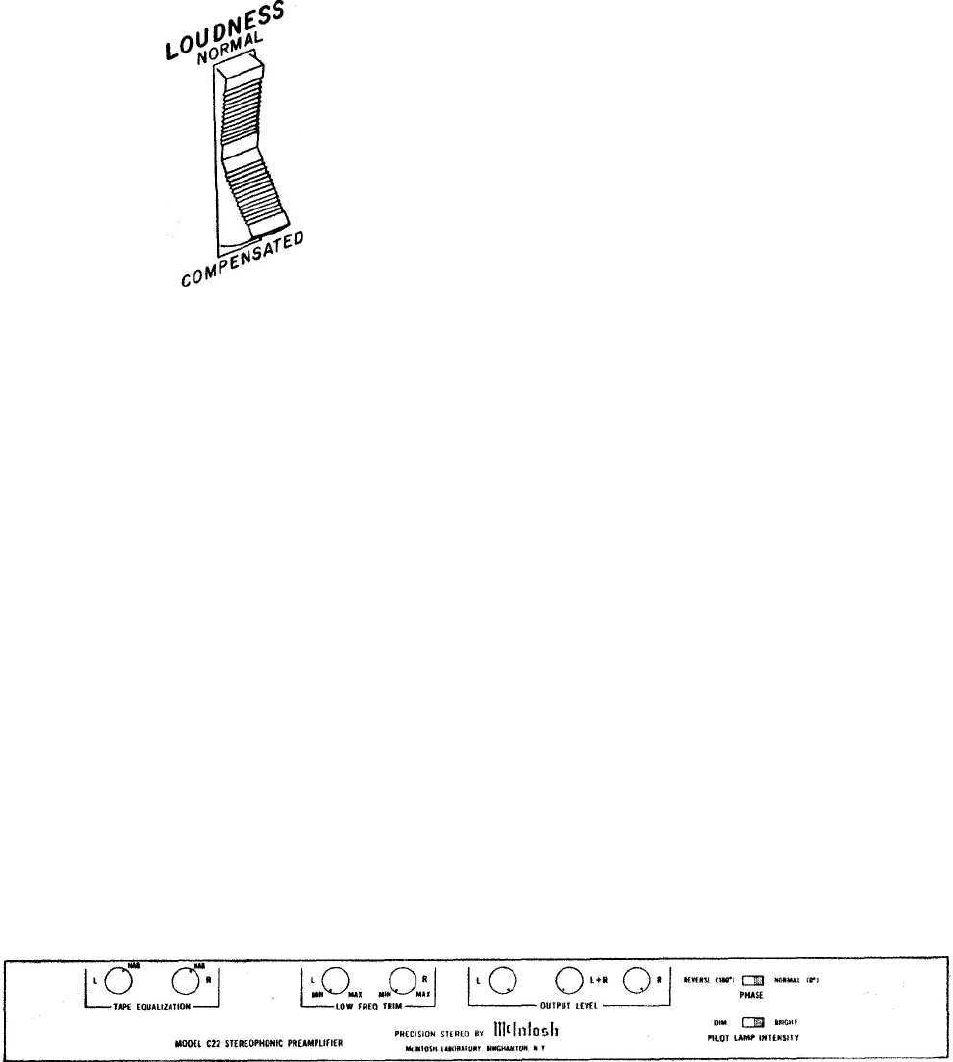
LOUDNESS
Figure 12. LOUDNESS switch.
Use the LOUDNESS switch in the COM-
PENSATED position to listen at low volume
and still hear full-frequency range. When you
turn down the volume, the music will seem to
lose much of its bass and some of its treble.
This effect is due to the sensitivity character-
istics of human hearing. The response of the
human ear to bass and treble pitch de-
creases more rapidly than its response to
notes centered in the midtonal range. The
LOUDNESS switch automatically provides
the correct amount of bass and treble boost
required to compensate for this change in
response of the human ear at low-loudness
levels. When the LOUDNESS switch is moved
to the COMPENSATED position, it converts
the volume control to a loudness com-
pensated control.
CONTROLS BEHIND THE FRONT PANEL
Depressing the PANLOC buttons allows
the C22 to slide forward to a point approxi-
mately 3 inches from the mounting panel. In
this position, additional controls on top of the
C22 chassis are available; the PHASE switch,
LOW FREQUENCY TRIM CONTROLS, OUT-
PUT LEVEL CONTROLS, TAPE EQUALIZA-
TION CONTROLS, and the PILOT LAMP
INTENSITY switch.
PILOT LAMP INTENSITY
Use the PILOT LAMP INTENSITY to switch
the front panel pilot lamps to DIM or BRIGHT.
TAPE EQUALIZATION
Use the TAPE EQUALIZATION controls to
compensate for 3% tape speed for individual
tape head characteristics. These controls
should be set to NAB for normal 7.5 inch
tape speed machines. Turning the TAPE
EQUALIZATION controls clockwise increases
the treble response; turning them counter-
clockwise decreases treble response.
OUTPUT LEVEL CONTROLS
Use the OUTPUT LEVEL controls to bal-
ance the overall amplifier-speaker system.
The minimum setting on each control re-
duces the output level approximately 15 db.
The L + R (left plus right) control adjusts only
the output from the L + R output jack. This
control can turn the L + R signal com-
pletely off.
LOW FREQUENCY TRIM CONTROLS
Use these controls to adjust for unequal
speaker response at low frequencies due to
room location of speakers. Approximately
6 db of boost below 100 cycles is available.
Figure 13. Controls Behind the Front Panel.
7



